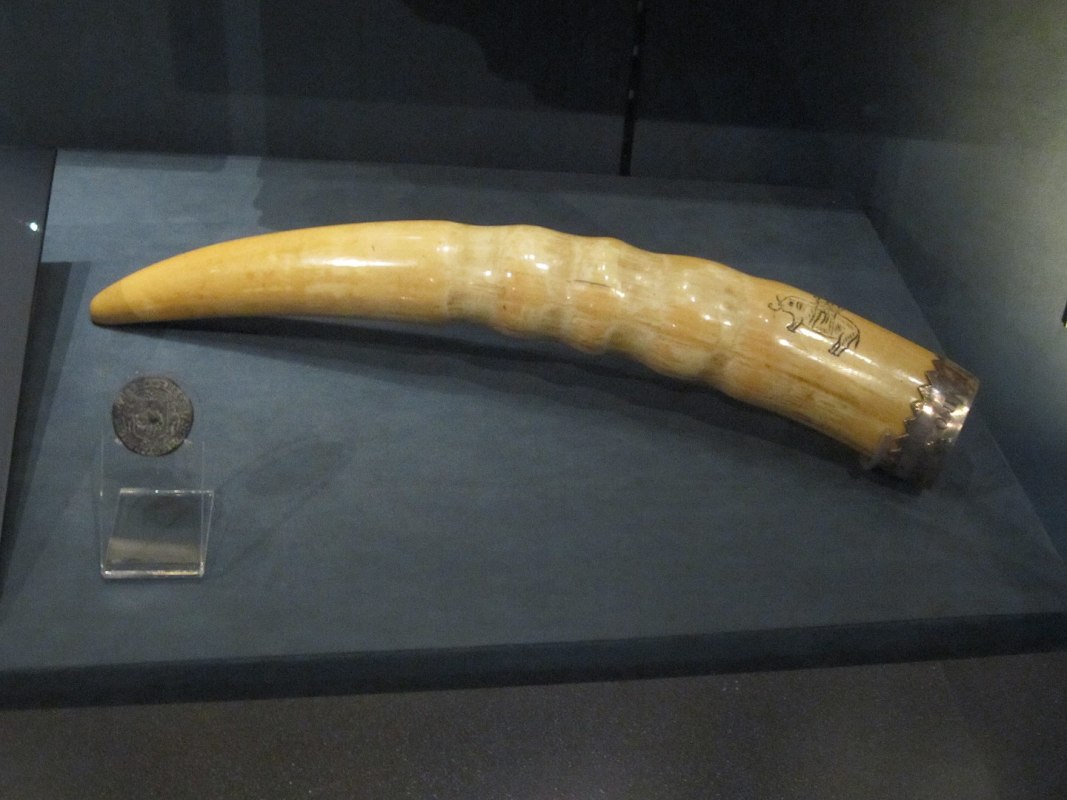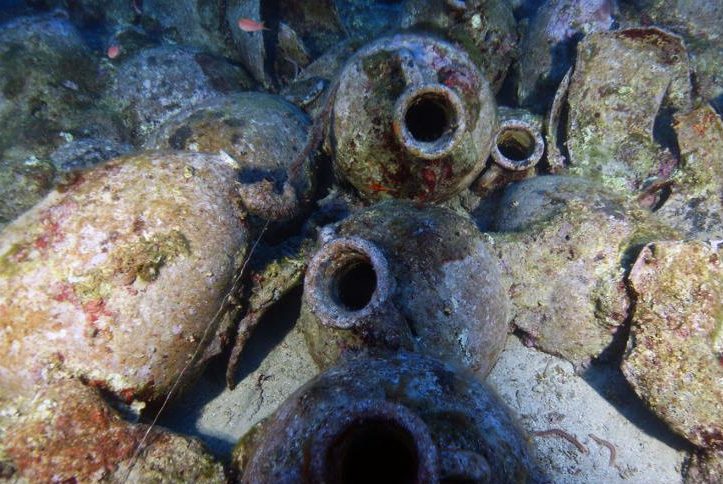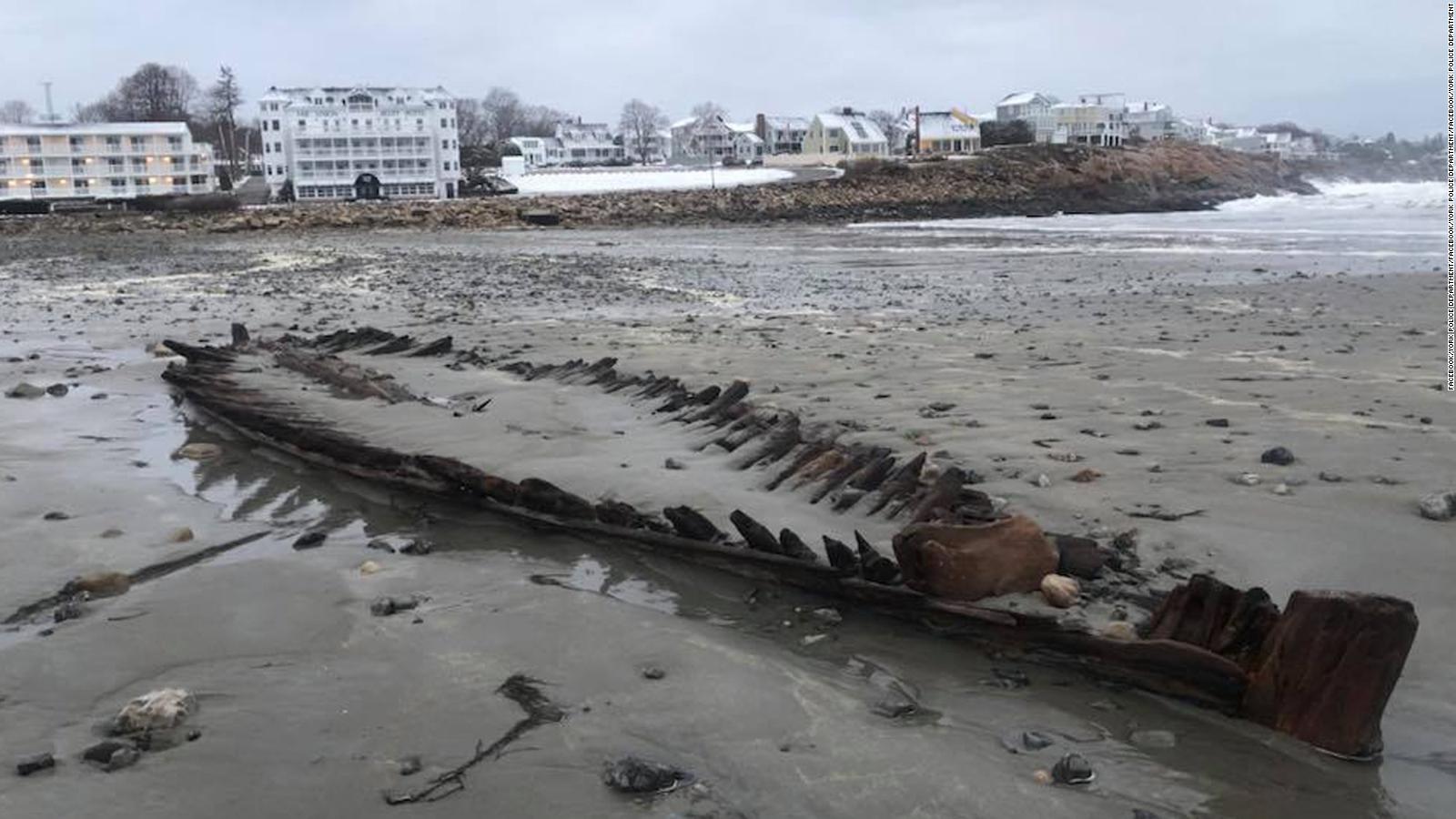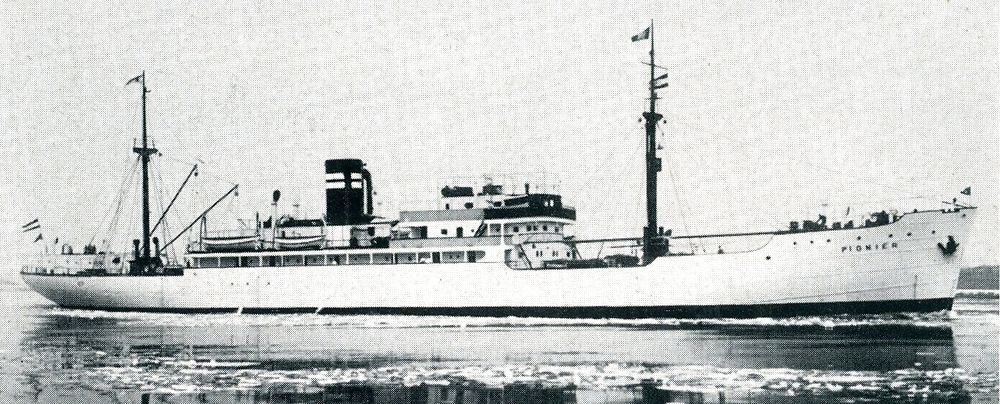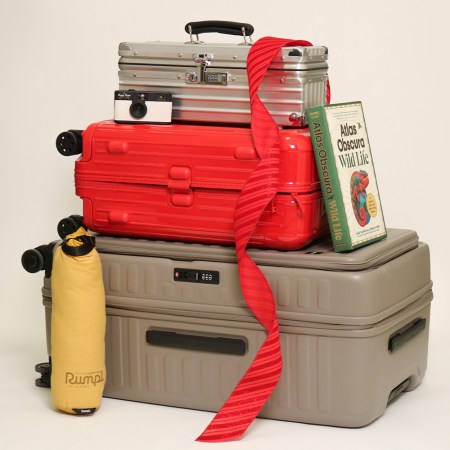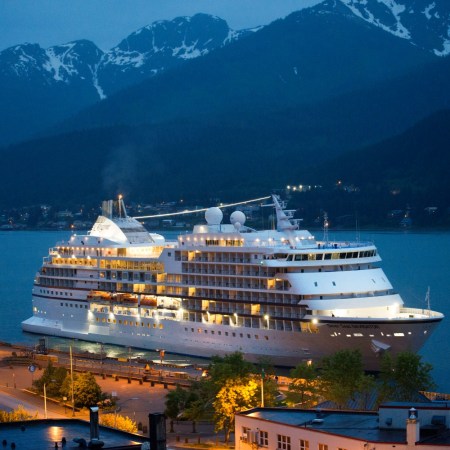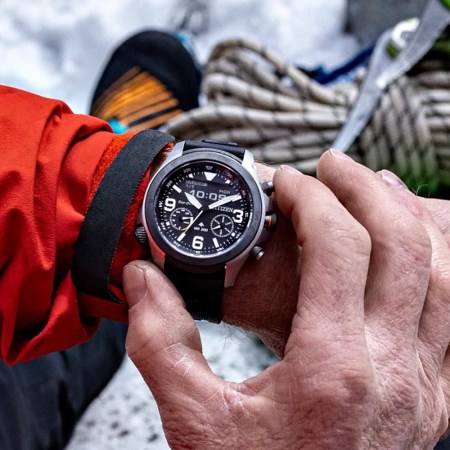Forty miles off the coast of Cornwall, you can find a shipwreck — specifically, the remains of a vessel that sank in the 1680s. The pieces of the ship have an important historical value, even as their place in history involves one of the most horrific periods imaginable. The shipwrecked vessel was from the Royal African Company, and its purpose involved the transportation of enslaved people as part of the transatlantic slave trade.
As historical artifacts go, this particular shipwreck serves as a reminder of human tragedy and horror — but reminders of historical atrocities remain important so that the world can learn from them. A recent article at The Guardian notes that the shipwreck is presently in danger, however — modern fishing vessels have broken up large pieces of it and scattered them across the sea floor.
“Wrecks should be used as museums for memory and education,” said Dr. Sean Kingsley, an expert in shipwrecks. “In this case, the future’s chances of bearing witness to the horrors of the slave trade are fading fast.”
Dr. Kingsley also spoke about the effects of fishing vessels on the shipwreck. “Trawlers dragging nets for fish and scallops have bulldozed everything. Cannon have been dragged 300 metres away,” he said. “If trawlers can throw two-ton guns around like matchsticks, then the wooden hull and small finds have no chance.”
Footage of the shipwreck can be seen in the BBC documentary Enslaved. Revisiting this particular site is a harrowing experience, given that it’s believed to be the place where many enslaved people died when the ship sank. But when learning from the horrors of history, it can be helpful to have a specific site or objects to point to — which may not be the case for too much longer here.
Subscribe here for our free daily newsletter.
Thanks for reading InsideHook. Sign up for our daily newsletter and be in the know.
